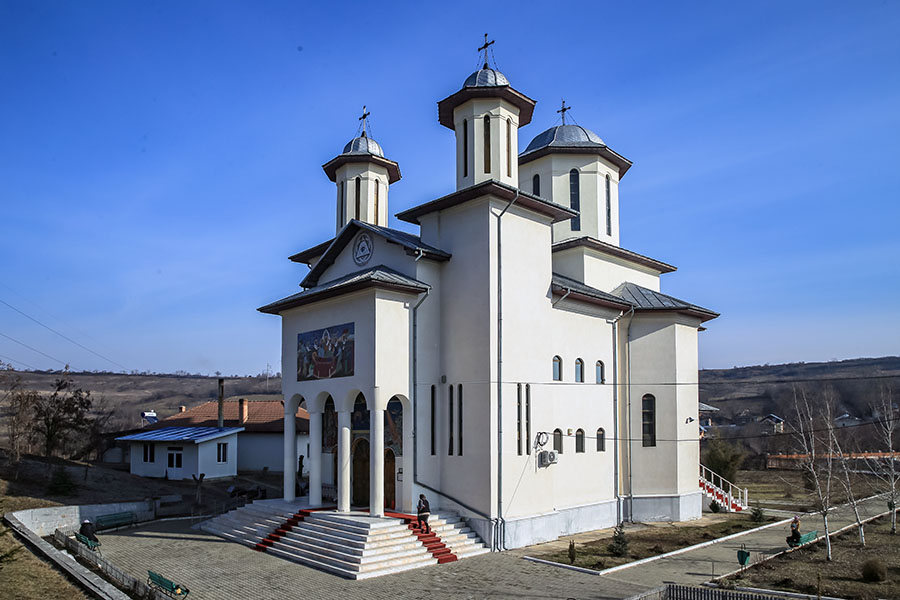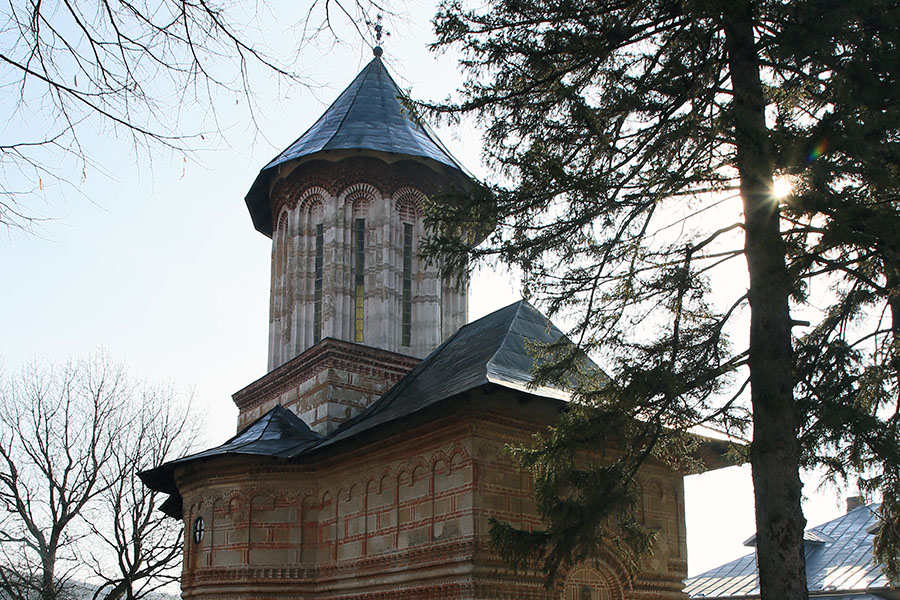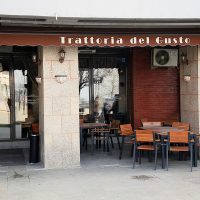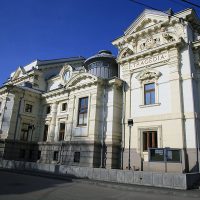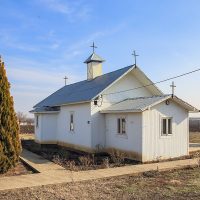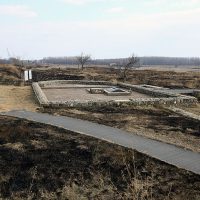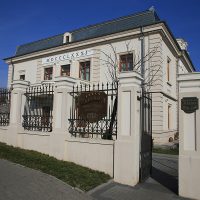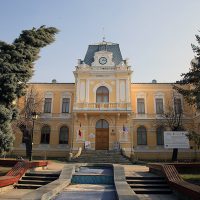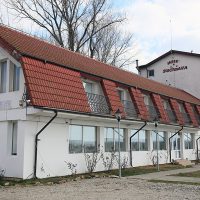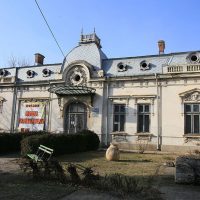








Named in ancient times Cepturoaia, the settlement was erected in 1515, during the reign of Neagoe Basarab (1512-1521), the first founders being Vlad Banul (grandfather of the three Buzesti brothers), Demetrius Pârcălabul and Balica the Commander. The works were only completed in 1588, through the efforts of the Buzesti brothers (Radu, Preda and Stroe). In 1594, were completed the rooms and the bell tower, in 1600, the church was painted (by Mihnea zugravul) and in 1610, a porch was added (ruined in 1859). The Căluiu monastery has been used throughout the centuries as a necropolis of the Buzesti family: Preda Buzescu, big ruler of Craiova, buried in December 1608, Stanca – Radu Buzescu’s wife, buried in February 1590, and Radu Buzescu – Chief Administrator , buried in January 1610. Dedicated to the Holy Sepulcher in Jerusalem, the monastery suffered because of the carelessness of the Greek monks. In 1821, it was set on fire by the Turks and in 1823, Romanian monks were brought in. During the time of abbott Chiriac Râmniceanu (1823-1828) several works were carried out to consolidate the holy place. In 1834, the church was repainted by the boyard Barbu Coşoveanu the painter. In 1856, it returned to ruin, so that in 1859-1861, other consolidation works were carried out. After the secularization of the monastery assets, the state of the monastery worsened again. Between 1986 and 2006, extensive restoration and modernization work was carried out, several buildings and an imposing traditional church with three towers and an open porch being erected. The building founded by the Buzesti was initially a monastery of monks, then of nuns until 1985-1986, when it became a monastery of monks again.
Download PDF